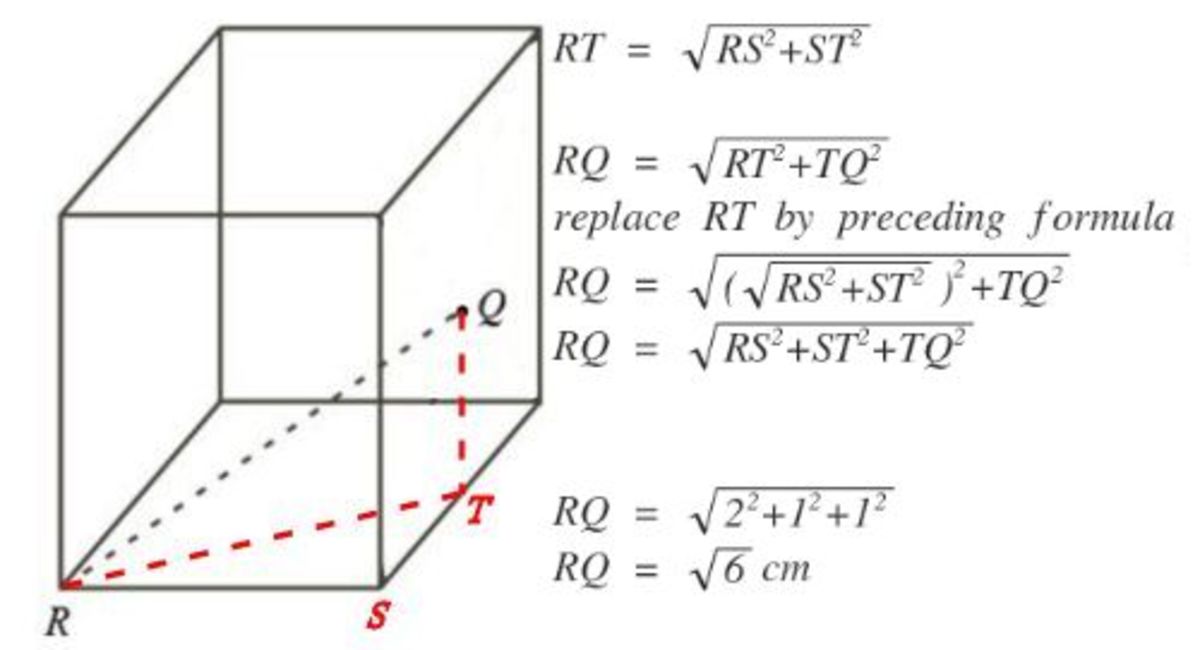Thinking Inside the Box
 is a vertex of the face of a cube whose edges measure 2cm, while
is the center of the opposite face. Determine the length of
.
is a vertex of the face of a cube whose edges measure 2cm, while
is the center of the opposite face. Determine the length of
.
This section requires Javascript.
You are seeing this because something didn't load right. We suggest you, (a) try
refreshing the page, (b) enabling javascript if it is disabled on your browser and,
finally, (c)
loading the
non-javascript version of this page
. We're sorry about the hassle.
